The chimney crown is the first line of defense against rain, snow, and outdoor debris in New Jersey.
Excellent Reviews
Based on ~500 reviews


Typically made of concrete, it seals the top of the chimney and prevents water from entering the flue or soaking into the bricks.
Over time, crowns can crack, chip, or deteriorate, especially in regions with freeze-thaw weather cycles. Fixing them early is essential to keeping your chimney dry and stable.
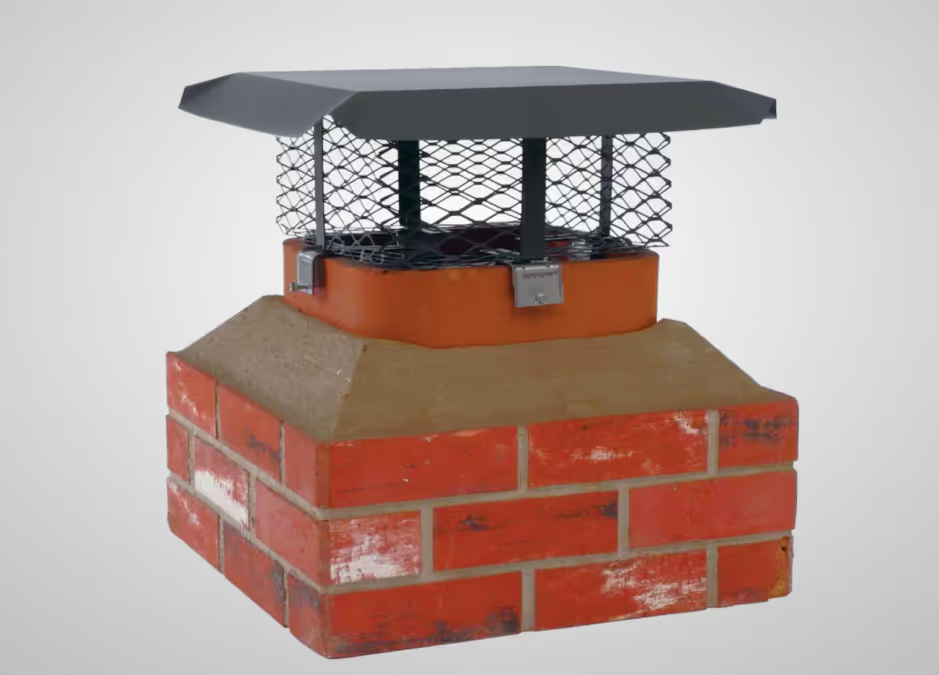
When a crown is damaged, water can seep in and cause serious internal damage. Repairing a chimney crown may involve sealing surface cracks, resurfacing the crown, or replacing it entirely if the damage is severe.
A well-repaired crown redirects water away from the flue and masonry, keeping the system dry and safe.



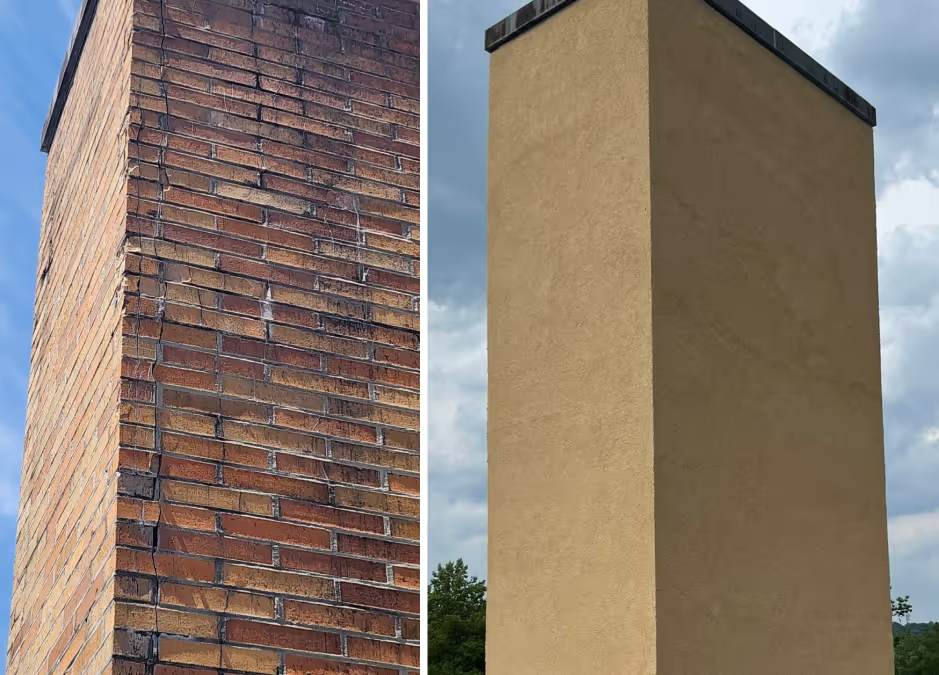


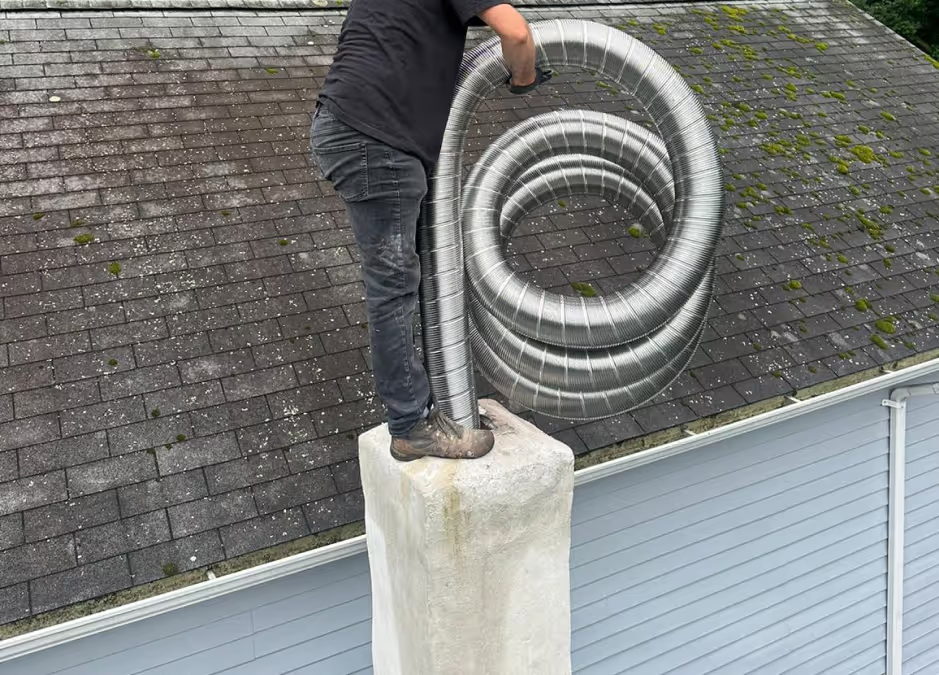
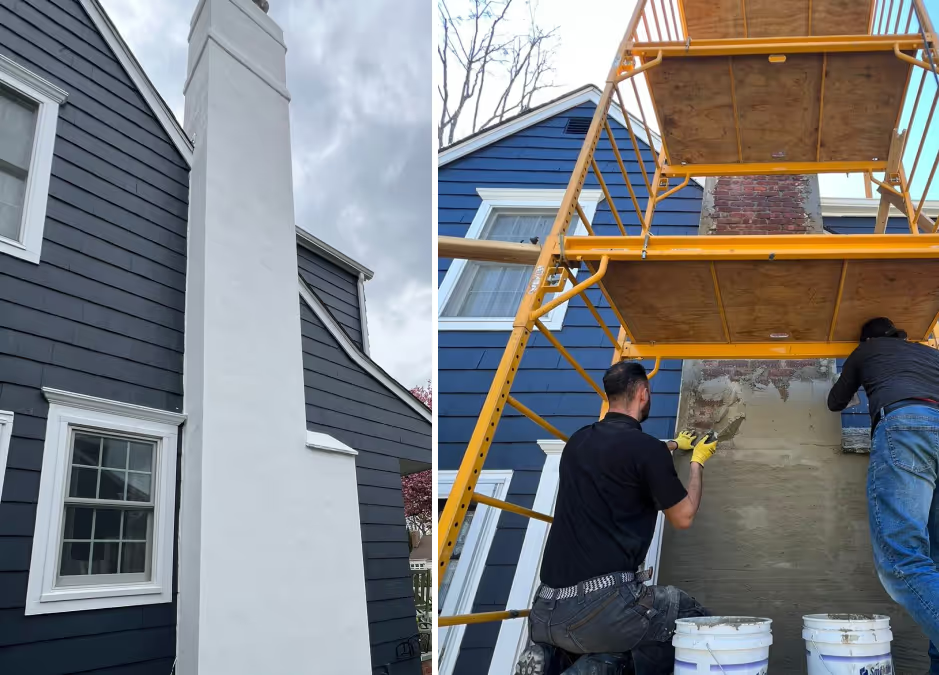
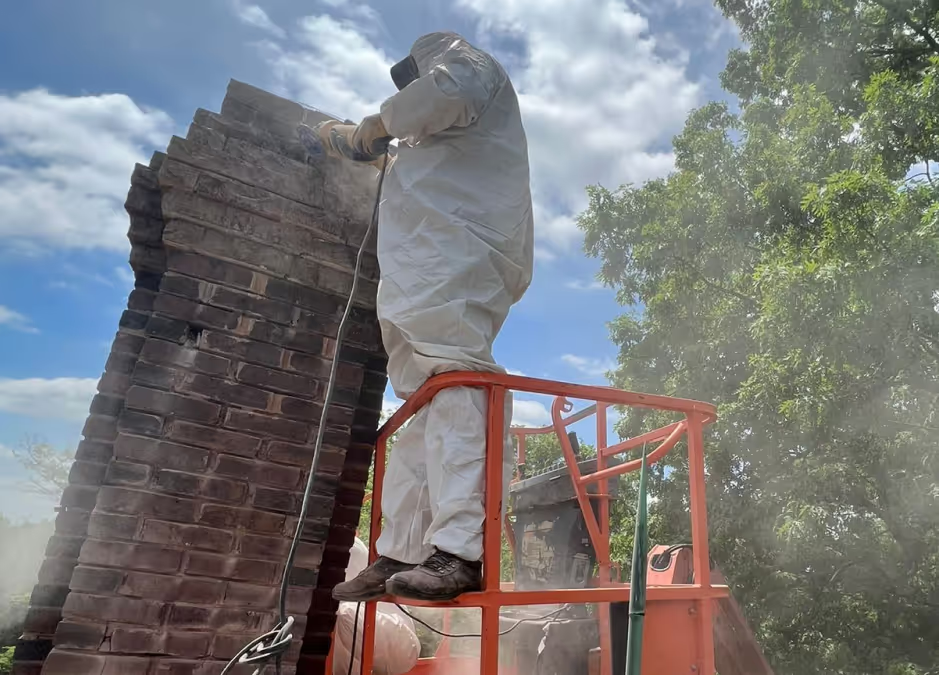

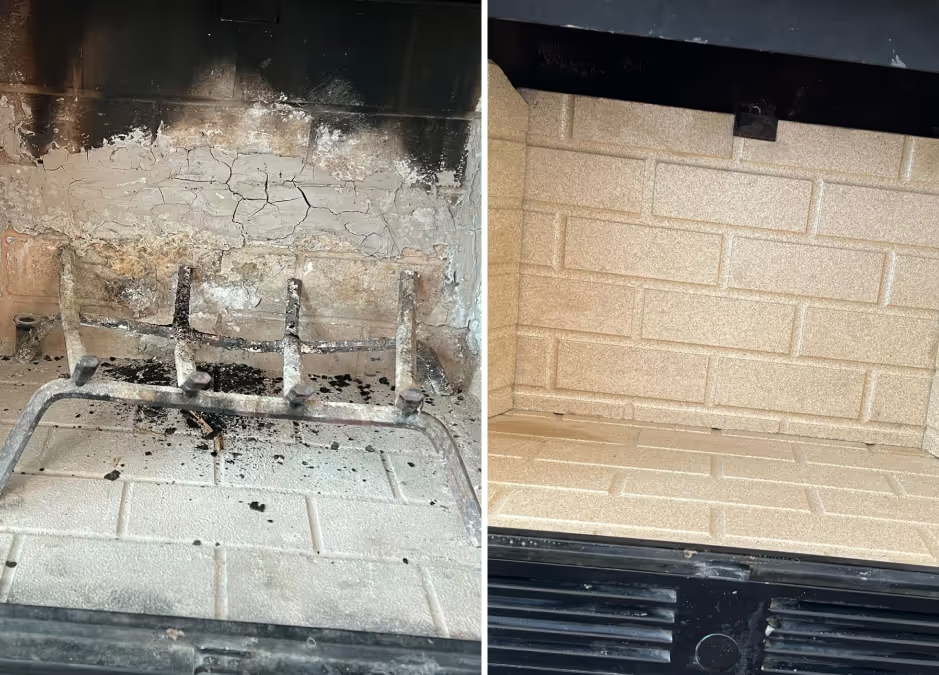
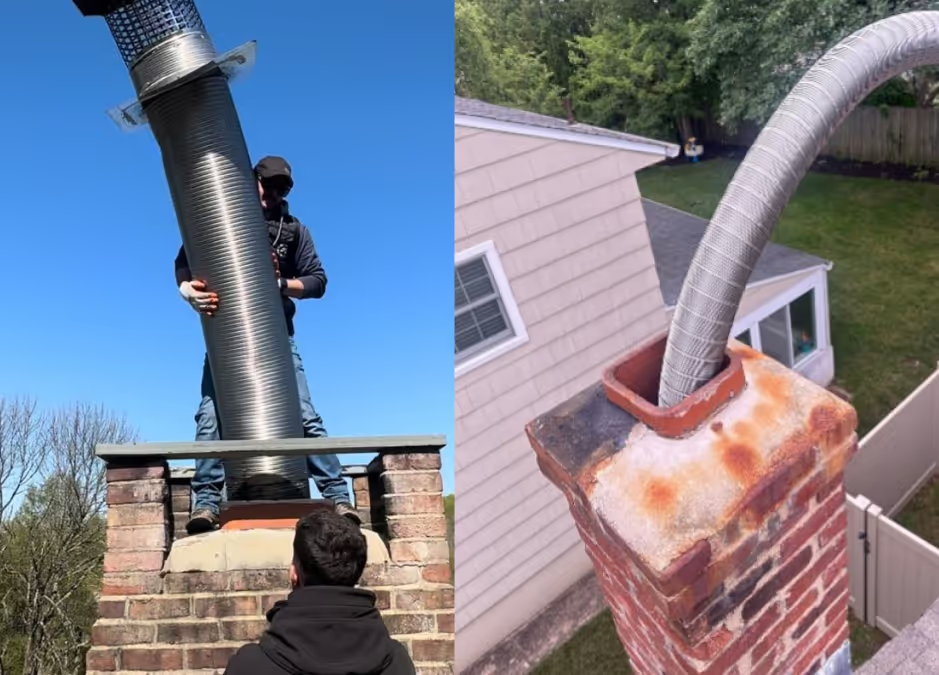
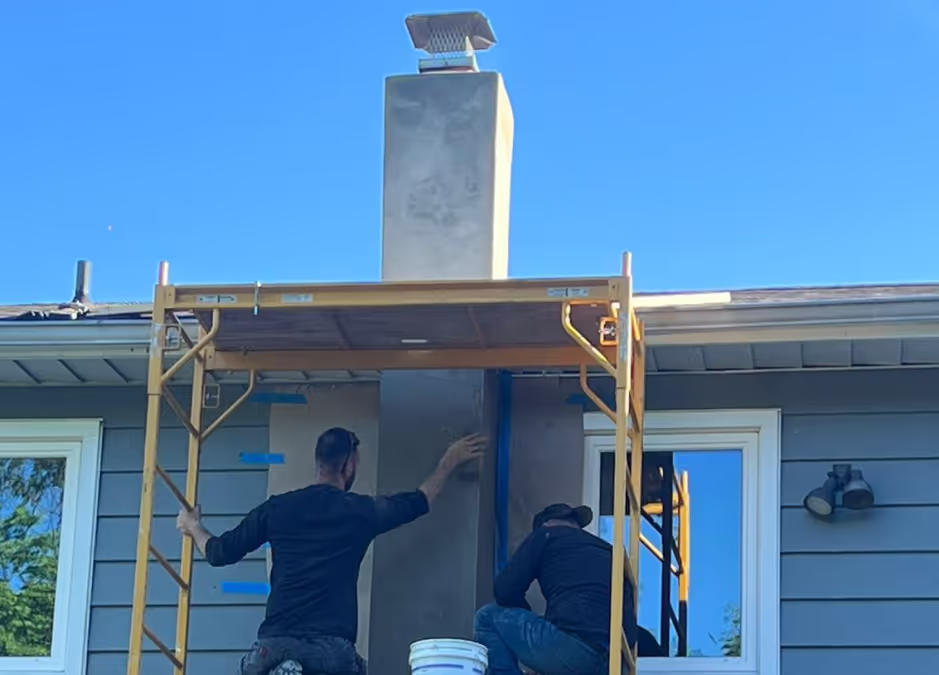
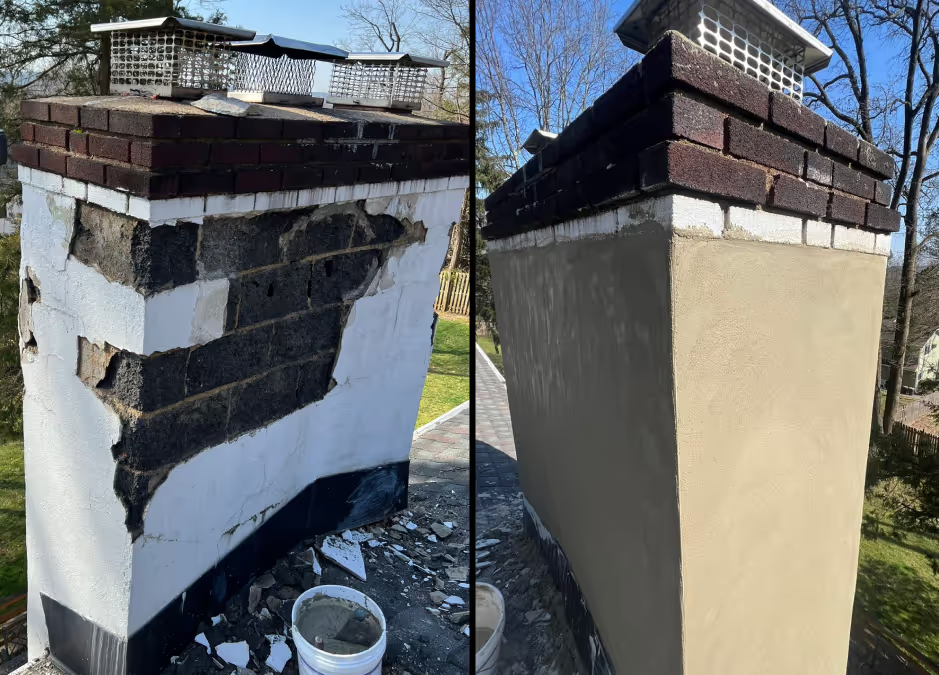

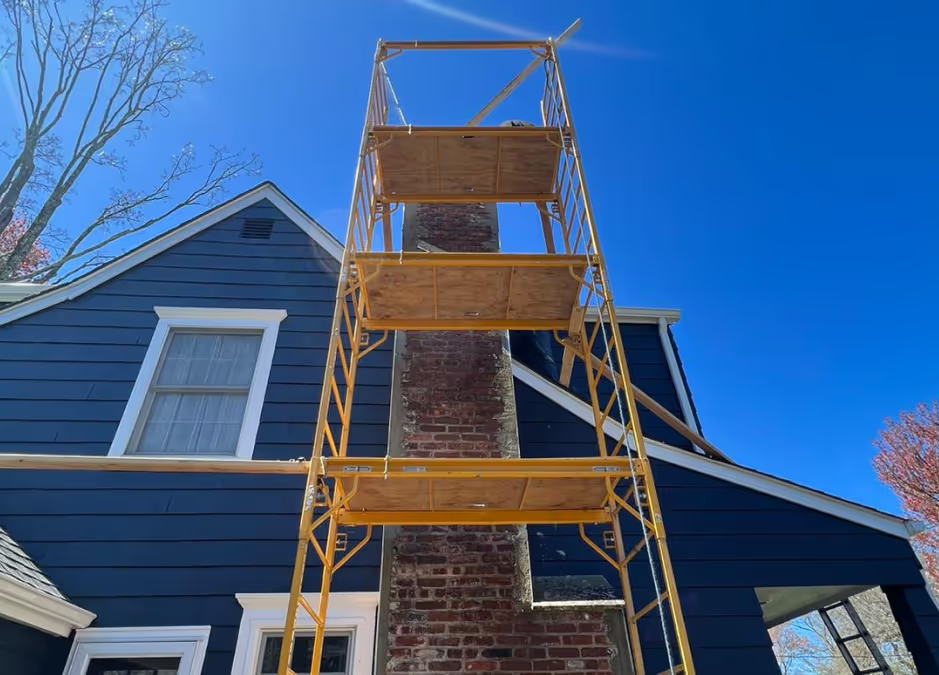

Some chimney crowns are built from metal, particularly on prefabricated fireplaces. These metal crowns can rust or pull away from the chimney structure, creating gaps for water to enter.
Proper repairs often involve replacing the metal or sealing seams to restore a watertight fit.
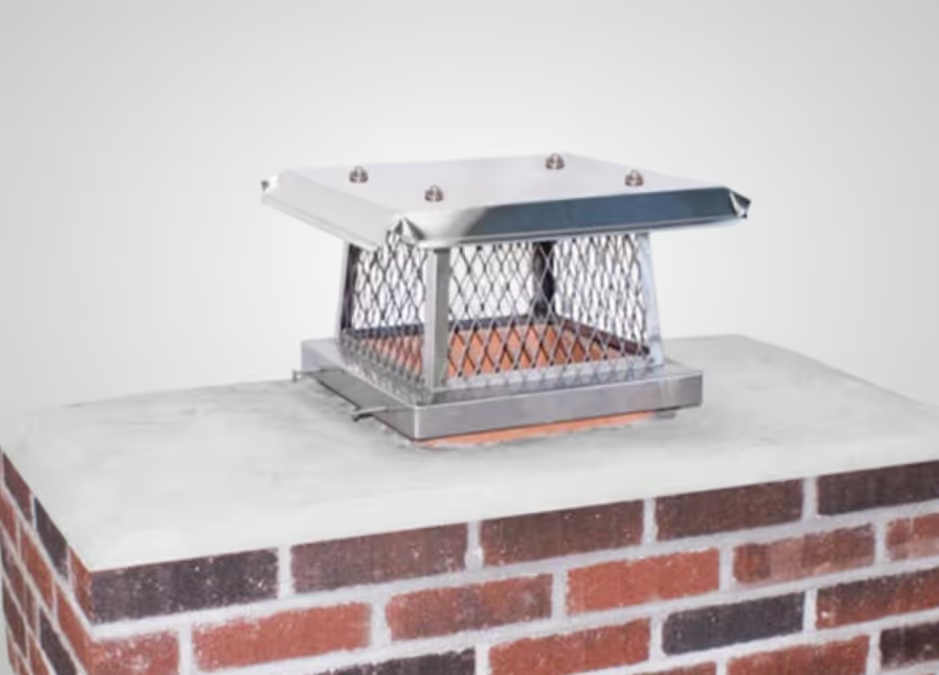
The fireplace crown is often confused with the chimney crown, but both serve similar functions depending on the design of the chimney system. A fireplace crown repair focuses on sealing cracks, restoring edges, and ensuring the top of your fireplace remains protected.
This repair helps maintain airflow, safety, and the structural integrity of your fireplace setup.
Most likely due to damaged flashing, a cracked crown, or a missing chimney cap that allows rainwater in.
Yes, consistent moisture creates an ideal environment for mold to grow inside your walls or attic.
Costs vary but usually range from $200 for minor flashing fixes to over $2,000 for major masonry repairs.
Flashing is the metal seal between your chimney and roof. It prevents water from entering the joint area.
Look for visible rust, dents, or missing pieces. You may also notice increased moisture or pests inside the flue.
Not usually. Most chimney leaks require exterior repairs to flashing, masonry, or the crown.
Yes, applying a breathable waterproof sealant can help prevent future leaks.
It depends on your policy and the cause of the leak. Gradual wear is often not covered.
At least once a year, ideally before winter. Inspections can catch leaks before they cause serious damage.